Seismic loss assessment of direct-DBD platform-type cross-laminated timber shear wall systems using FEMA P-58 methodology
- PMID: 39430725
- PMCID: PMC11489303
- DOI: 10.1007/s10518-024-01998-7
Seismic loss assessment of direct-DBD platform-type cross-laminated timber shear wall systems using FEMA P-58 methodology
Abstract
An efficient design method should provide practitioners with a means for sizing timber buildings to meet specific performance levels against estimated earthquake intensities. Displacement and energy design considerations in force-based design (FBD) procedures are not as precise as intended in complex systems, such as mid- to high-rise timber buildings. The main aim of this study is to tailor the direct displacement-based design (D-DBD) classical framework to platform-type cross-laminated timber (CLT) shear wall structural systems and validate their performance for low-rise to high-rise timber mixed-use buildings. A comparison with results obtained via the FBD analyses is also provided. To this end, timber buildings with heights of 4, 8 and 12 stories are designed via the D-DBD and FBD methods. The seismic performance of platform-type CLT wall buildings is assessed in terms of the repair cost, repair time and casualty rate using FEMA P-58 methodology. The seismic response of CLT shear walls shows that the FBD method may lead to an expensive overdesign, especially in high-rise platform-type CLT walls. Conversely, the D-DBD method develops structural systems which can sustain a comparable level of damage from low- to high-rise platform-type CLT walls. Although the seismic loss assessment of buildings shows slightly better performance for the FBD method than the D-DBD method, it is worth noting that the D-DBD method does not lead to an unsafe building. Consequently, the D-DBD method sounds like a proper alternative approach for designing the CLT shear walls to achieve target performance levels without requiring a premium upfront cost.
Keywords: Cross-laminated timber; Direct displacement-based design; FEMA P58; Force-based design; Fragility analysis; Seismic repair cost.
© The Author(s) 2024.
Conflict of interest statement
Conflict of interestThe authors declare that the research was conducted in the absence of any commercial or financial relationships that could be construed as a potential conflict of interest.
Figures


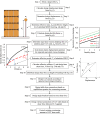







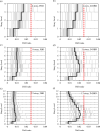
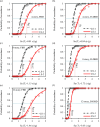
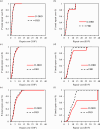
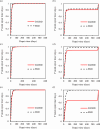
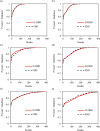

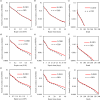
References
-
- Aloisio A, Alaggio R, Fragiacomo M (2021) Equivalent viscous damping of cross-laminated timber structural archetypes. J Struct Eng 147(4):04021012. 10.1061/(ASCE)ST.1943-541X.0002947
-
- Aloisio A, Contento A, Alaggio R et al (2022) Probabilistic assessment of a light-timber frame shear wall with variable pinching under repeated earthquakes. J Struct Eng 148(11):04022178
-
- ASCE 7-10 (2010) Minimum design loads for buildings and other structures. American Society of Civil Engineers, Reston, VA
-
- Casagrande D, Doudak G, Polastri A (2019) A proposal for the capacity-design at wall-and building-level in light-frame and cross-laminated timber buildings. Bull Earthq Eng 17(6):3139–3167. 10.1007/s10518-019-00578-4
-
- Ceccotti A, Sandhaas C, Okabe M et al (2013) SOFIE project–3D shaking table test on a seven-storey full-scale cross-laminated timber building. Earthq Eng Struct Dyn 42(13):2003–2021. 10.1002/eqe.2309
LinkOut - more resources
Full Text Sources
